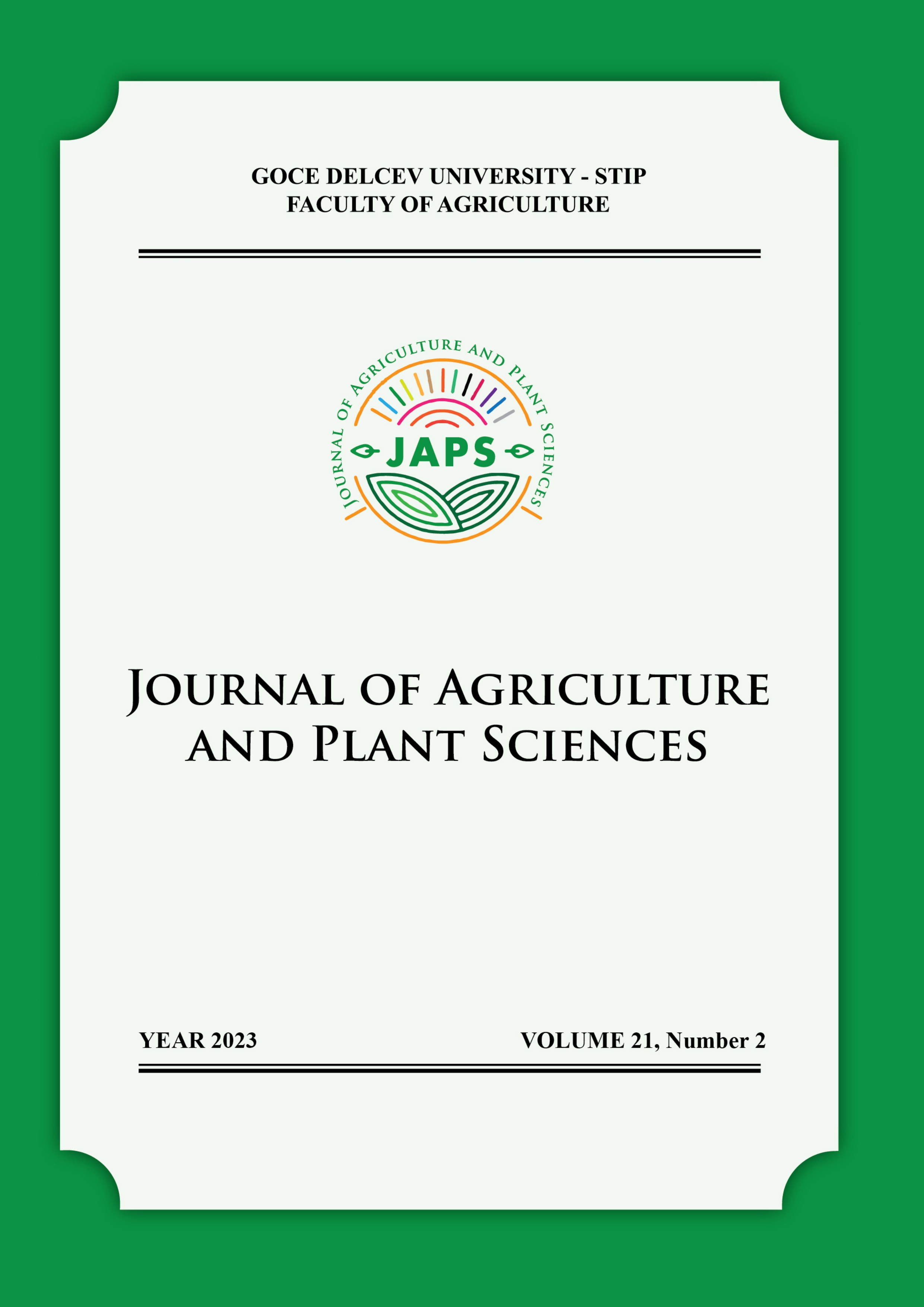CONSTRUCTIVE ALIGNMENT BETWEEN OBJECTIVES, TEACHING AND LEARNING ACTIVITIES, STUDENT COMPETENCIES AND ASSESSMENT METHODS IN HIGHER EDUCATION
DOI:
https://doi.org/10.46763/JAPS23212021hAbstract
A high-quality learning process in higher education properly and constructively aligns essential elements: study programs and course objectives, learning outcomes, content, student workload, teaching and learning activities, assessment methods and acquisition of student competencies, which is known in the literature as constructive alignment (CA). In essence, CA is bringing into alignment the predetermined competencies, the learning and teaching activities, and the assessment types. Furthermore, CA is an outcomes-based approach to teaching in which the learning outcomes that students are intended to achieve are defined before teaching takes place.
The success of students at all levels of study primarily depends on constructive alignment as one of the most significant and influential principles in higher education. Detailed knowledge of this principle and consistent application is the basic obligation of teaching staff in higher education. To develop a "constructively aligned" course unit, a teacher should start from the intended course-specific competencies, after which they should choose the most appropriate learning, instructive and teaching activities, and assessment methods for these specific competencies.
The paper explains in more detail the essence of CA between student workload expressed through ECTS, study programs, course and unit objectives, learning outcomes, theoretical and practical contents, teaching and learning methodology, formative and summative assessment methods and effective acquisition of student generic and course-specific competencies.
Keywords: constructive alignment, student workload, objectives, learning outcomes, learning and teaching activities, assessment, competencies
Downloads
Published
Issue
Section
License
The intellectual property and copyright on the original content of all scientific contributions in the published paper shall remain with the authors. Authors give permission to the JAPS owner to publish the paper. All authors agree to publish the paper under Attribution-NonCommercial-NoDerivatives 4.0 International license (CC BY-NC-ND 4.0).

